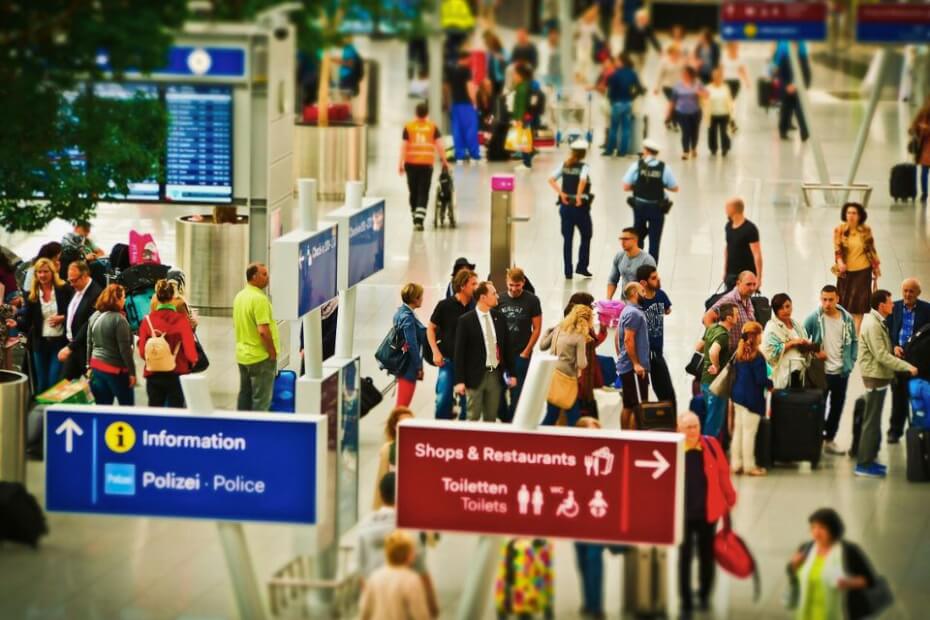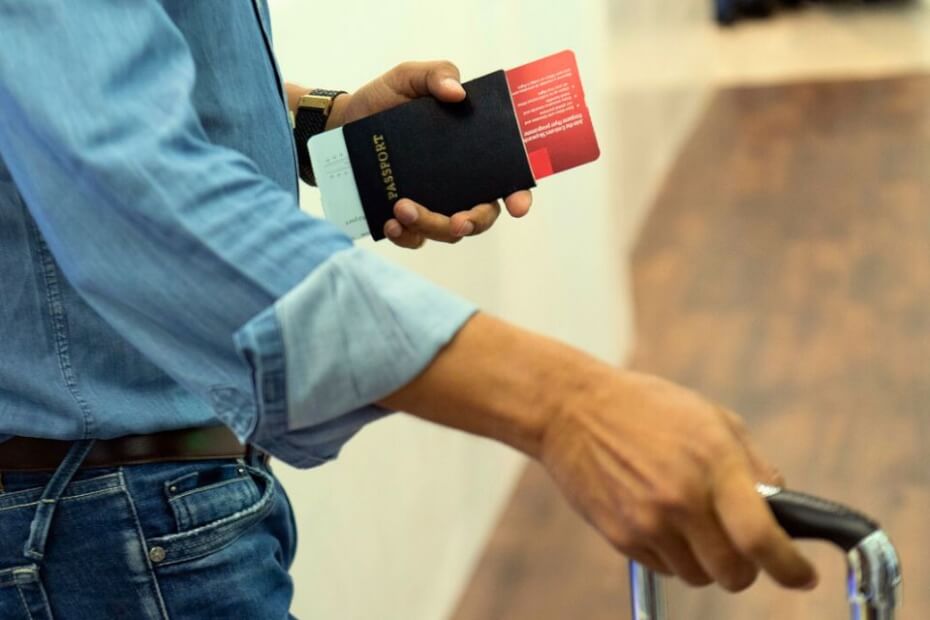
The European Union (EU) has again delayed the implementation of its new Entry/Exit System (EES) by a month.
According to a report published by The Independent, the new EES launch date is set for 10 November 2024.
The postponement may potentially be extended to 17 November to ensure that all EU Member States are fully prepared for the new system.
However, the European Commission has yet to confirm the new EES launch date.
Originally planned to begin in 2021, the system has faced several setbacks.
The EES is a pivotal part of the EU’s strategy to bolster border security and streamline immigration procedures.
Third-country nationals, including British travelers, must register biometric data, such as fingerprint scans and facial images.
It replaces the manual stamping of passports by using travelers’ biometric data to track entries and exits from the Schengen Area.
The EES system aims to automate border checks, detect overstays, and enhance overall security.
Reasons for the EES launch delay
The delay in implementing the EES has been attributed to several factors.
One primary concern is the readiness of all EU Member States to transition from manual to digital checks.
The International Air Transport Association (IATA) has warned that many regional EU airports are still not EES-ready.
This shift requires significant infrastructure upgrades, including installing biometric kiosks and training border staff.
Many EU countries still need more time to set up the proper infrastructure and technology at their border crossings.
Another reason is to avoid disruption during peak travel periods, such as the October half-term holiday in the UK.
Port of Dover Chief Executive Doug Bannister noted that “an element of precautionary measures” was part of the EES launch.
“They will be able to dial down the amount of intervention for registration if the queueing gets excessive,” he told The Independent.
He added, “That’s going to be available for all gateways into the European Union.”
Still, technical and operational challenges and how exactly it will work have contributed to the delay.
Bannister said they are still “working through that with our French and European Union counterparts.”
Introduction of a “relief valve”

Along with the delay of the EES launch, the system will now have the option to use a “relief valve.”
Many people at crowded border crossings could be excused from biometric registration upon first entry into the EU once the EES is live.
Some EU Member States reported that travelers’ immigration checks could take up to four times longer under the EES.
The “relief valve” would significantly reduce delays and long lines should the border crossings be too congested.
This will significantly help UK-EU border crossings with juxtaposed controls, where EU border officials perform immigration checks while travelers are still on UK soil.
These UK-EU border crossings include the Port of Dover, the Channel Tunnel in Folkestone, and the St. Pancras Terminal in London.
These border crossings also have limited space for more infrastructures to accommodate EES checks compared to airports.
The system was initially developed before the Brexit vote, assuming “light touch” checks for British nationals.
However, British travelers now face more stringent requirements under the EES post-Brexit.
Still, the initial impact is set to be drastically reduced by the relief valve, easing the demand for collecting biometric data.
In “exceptional circumstances which have not been defined” yet, only one in ten travelers may submit biometric data during the EES launch.
During peak travel times, local immigration officials may have to determine how many travelers will be subject to biometric registration.
EES launch and transition period
Transport operators, including ferry firms and airlines, have expressed concerns about the EES’s impact on travel operations.
They have called for a phased introduction of biometric data collection and a period to test the system’s reliability.
Additionally, they demanded a robust public communication campaign to inform travelers about the new requirements.
Ferry companies, airports, and other transportation hubs are worried about potential bottlenecks and the impact on travel schedules.
Without a gradual implementation and clear communication, travelers may face confusion and delays, particularly during busy travel seasons.
In response, the EU has proposed a transition period of 12 to 18 months, during which biometric data could be collected gradually.
A phased approach will manage passenger flow and allow travelers and border officials to adapt to the new system slowly.
A UK Transport Minister first mentioned a six-month soft launch period once the EES goes live.
This will help airports and border crossings test and modify their EES preparations, if necessary.
Concerns over long queues, app unavailability

One of the significant concerns surrounding the EES implementation is the potential for long queues at border crossings.
A United Kingdom (UK) Parliament Committee warned of 14-hour-long delays and massive traffic jams upon EES activation.
Travel agents have been told that border delays could persist for up to a year after the EES rollout.
This is mainly due to travelers taking time to complete their initial registration with the EES before a border officer.
The EU is also developing an EES mobile app to help reduce wait times by allowing travelers to register their biometric data ahead of time.
However, there is still no word on whether it will be ready before the reported new EES launch date in November.
Despite the app’s potential to ease the process, it will not take photos or register fingerprints, limiting its effectiveness.
There have been calls to postpone the EES implementation further until the app is fully operational.
Travelers prepare for the EES launch
Travelers, especially those from the UK, should prepare for these changes well in advance.
This preparation includes understanding the new requirements, such as the need for EES biometric data collection.
It’s also crucial for travelers to plan their journeys with potential delays in mind.
Allowing extra time for border crossings and being prepared for the biometric scanning will make for seamless travel.
Travelers should watch for official announcements to stay informed about the latest developments and timelines.

